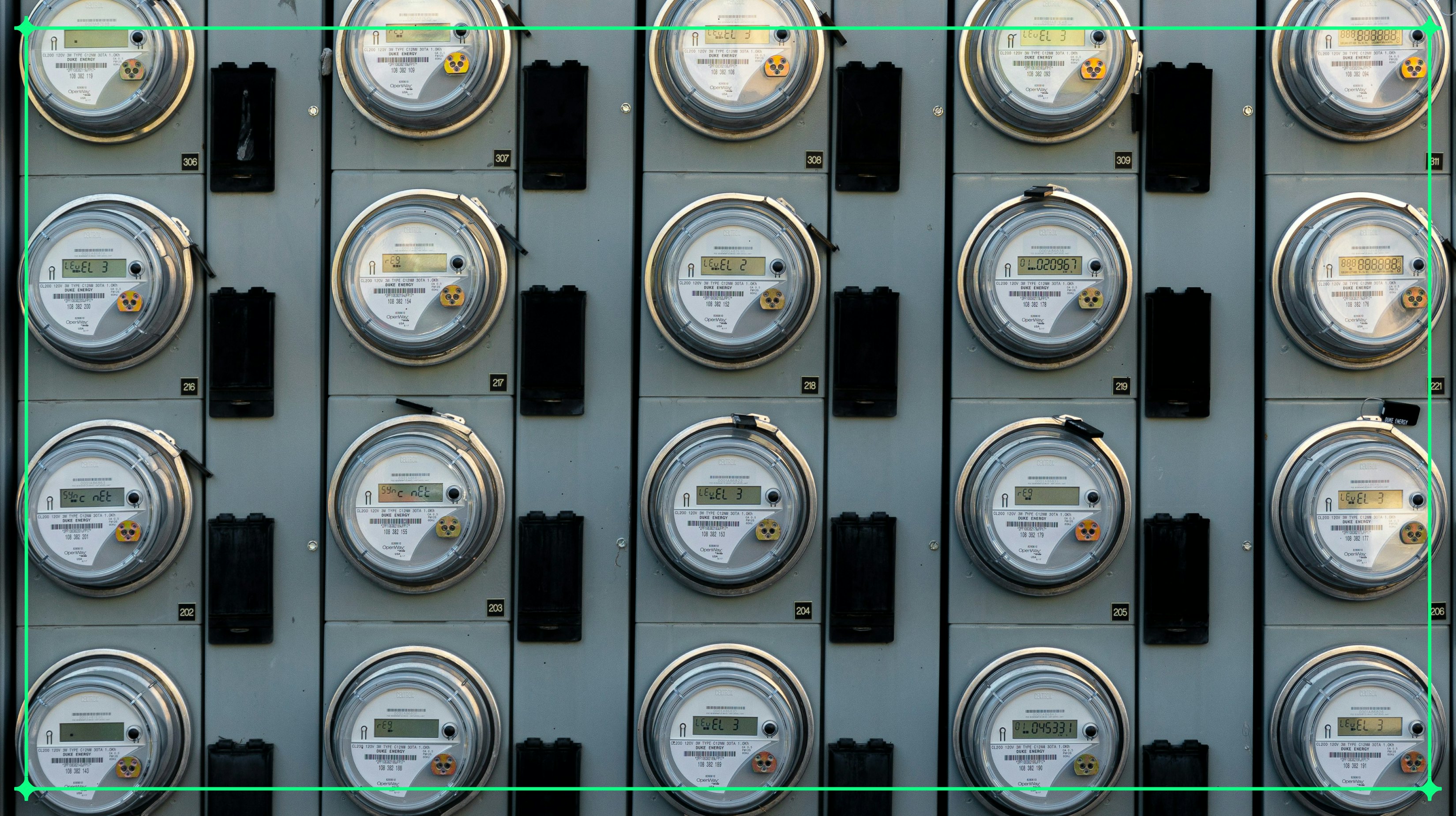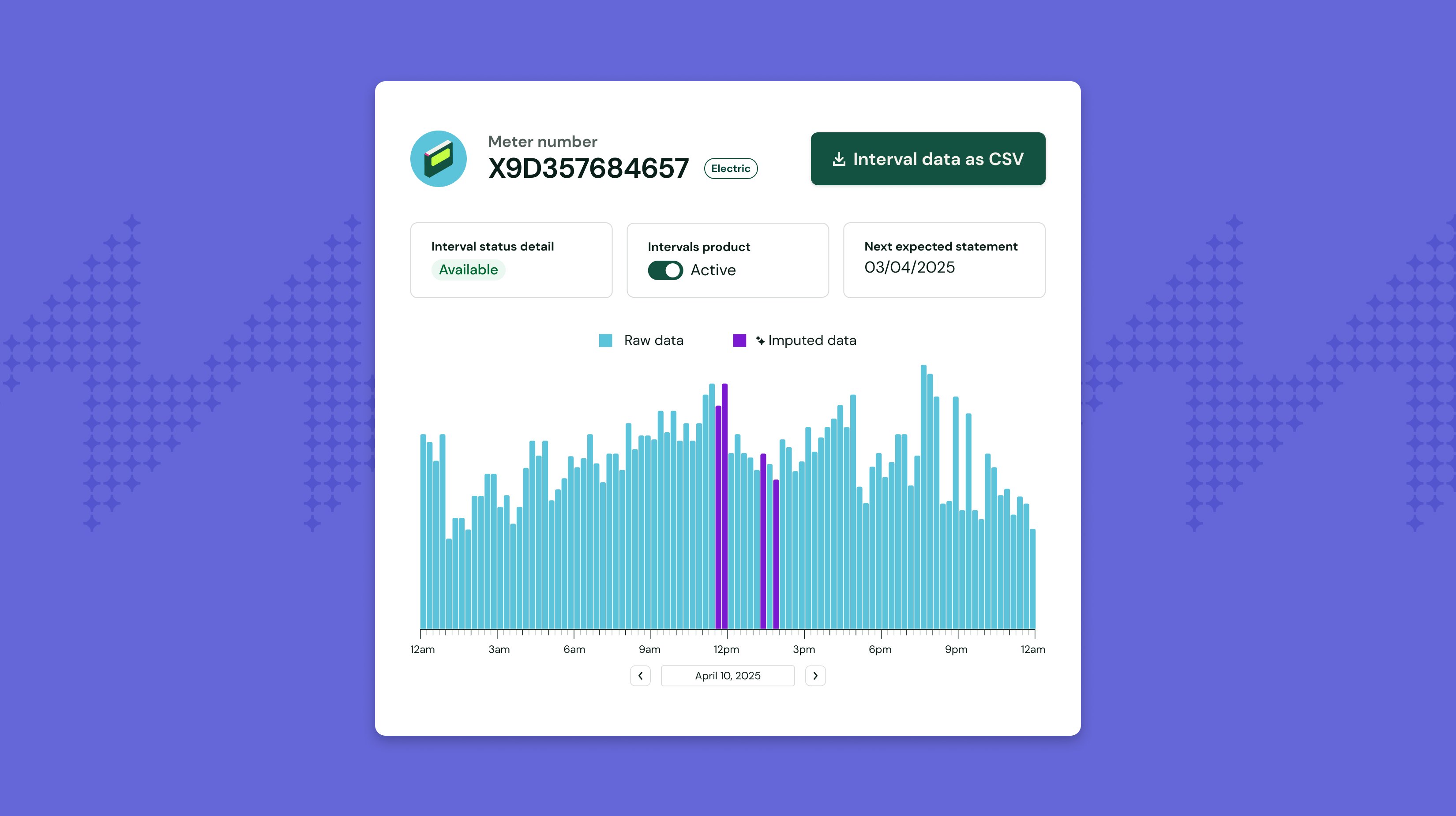The risk of not keeping up with changing electricity tariffs

In the past decade, tariffs — the pricing structures of electricity — have become more complicated than ever. This is not only confusing for consumers, it’s also burdensome for businesses looking to help manage and optimize energy expenses and usage.
Failure to stay up to date with tariffs also introduces significant financial, reputational, and compliance risk to companies. Much of this risk stems from essentially using incomplete or outdated data for cost calculations and forecasting.
Here’s everything you need to know about electricity tariffs, why they can be difficult to work with, and how an energy rate calculation engine and tariff database can help mitigate risk while providing accurate, up-to-date energy cost information for your customers.
What are electricity tariffs and why are they so important?
A tariff is the pricing structure that determines how much a business or consumer pays for their electricity usage. Tariffs describe who each rate plan applies to, what each charge is for, and additional information about the service provided.
Staying current on the intricacies of tariffs is vital for businesses helping the public electrify their homes, vehicles, and more. These companies are always pushing for more accurate cost-benefit analyses to earn customer trust about the long-term value of their products/services.
The complexity of electricity tariffs
In the past, utility customers had no choice what rate to pay — they received a monthly electricity bill and that was that. While things still work that way in regulated markets, utility commissions in deregulated markets are encouraging utilities to provide consumers with more choices. This is one contributing factor to the wide variety of tariffs seen today.
There are many different types of tariffs that vary depending on the region, utility company, and government regulatory body. Additionally, every utility — all 3,000+ in the US — uses different tariffs. Some utilities have a host of tariff options (e.g., 20-40) available to their customers. A few examples of common tariffs include:
- Flat rate tariffs: Charge a fixed rate for each unit of electricity consumed, regardless of the time of day or season.
- Tiered rate tariffs: Charge different rates based on electricity consumption levels. As the business or consumer uses more electricity, they move into higher tiers with higher rates.
- Time-of-use (TOU) rate tariffs: Divide the day into different periods (typically peak, off-peak, and mid-peak/shoulder periods) and charge different rates based on these periods. Rates are typically higher during peak demand hours and lower during off-peak hours. TOU rates also vary by day of the week and season.
- Demand rate tariffs: In addition to consumption-based rates, businesses (and some residential customers) are often also charged based on their peak energy consumption, during any 15-minute period in the billing month. This is known as a customer's peak demand and can sometimes account for up to half of a customer's total bill.
- Net Metering or Net Billing rate tariffs: Define how customers are compensated for energy exported to the grid. These export or buyback rates can be identical to what utilities charge customers, or they can be completely different flat, tiered, or TOU-based rates.
Another reason for more complex tariff structures such as TOU is that there is a greater demand for grid flexibility to support renewable generation and abnormal circumstances (e.g.,extreme weather events). For instance, grid operators must accommodate the expansion of distributed energy resource (DER) companies across the country.
This complexity confuses consumers, more than half of whom say they struggle to understand their electricity bills and rate options. Tariffs are similarly vexing for businesses, as the deep subject matter expertise required to understand rate structures and pricing data makes it very difficult to perform the necessary cost-benefit analyses to substantiate their offerings.
The risk of missing the mark with tariff calculations
Trying to keep up with electricity tariffs manually is an untenable solution. It is not only resource-intensive in a way that stifles innovation, it’s also a risky business practice. Here are a few of the risks that incomplete, inaccurate, or outdated tariff data can introduce:
- Financial risk. The inability to accurately manage and forecast costs can result in losses for products and services that are supposed to generate revenue.
- Reputational risk. Prospects, customers, and the broader industry will quickly lose trust if cost projections and related value propositions are not credible.
- Compliance risk. Increased scrutiny of carbon reporting, ESG, and overall energy data accuracy may result in fines or penalties under current and proposed legislation.
Fortunately, there’s a way for businesses to tame the complexity of tariffs and make a sustainable, cost-effective promise that they can deliver on.
The power of taming electricity tariffs through automation
Arcadia's automated tariff rate database and calculation engine offers total transparency into electricity tariffs and pricing rate data. This gives businesses everything they need to calculate the cost of energy under any tariff or load scenario, forecast accurate savings, and personalize products and sales quotes with unparalleled accuracy.
Businesses of all shapes and sizes can benefit from granular usage, tariff, and pricing data to help their customers manage and optimize energy costs and consumption more effectively. A few industries that have used Arcadia with great success include:
- EV and charging: Access to comprehensive energy tariff data allows companies to choose the best sites and optimize charging patterns for customers.
- Solar and storage: Automating the complex tariff calculations required for solar and storage modeling helps provide prospects with accurate savings insights and forecasts to close deals.
- Energy management: Comprehensive tariff data can be used to optimize usage, model costs, and offer recommendations to customers.
With Arcadia, there’s finally a streamlined way to access tariff data and mitigate risk while offering customers accurate, up-to-date energy cost information.

Check out our product overview to learn more
Download hereJoin our newsletter
Stay updated with our latest insights, industry trends, and expert tips delivered straight to your inbox


